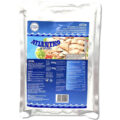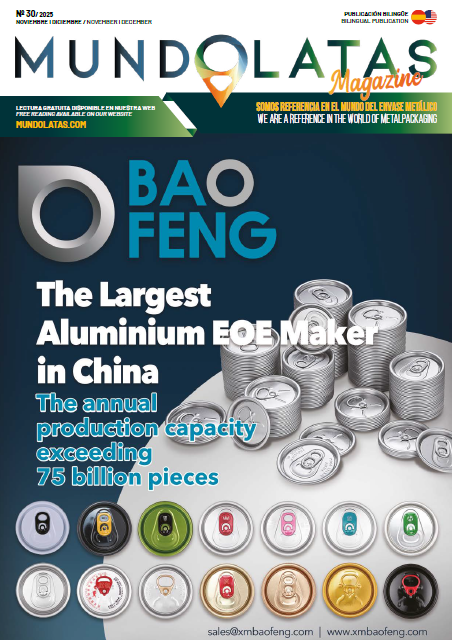A team of researchers from the Swedish University of Agricultural Sciences and Chalmers University of Technology has developed a simple and effective technique to reduce the mercury content in canned albacore tuna, achieving a reduction of up to 35%. This study, conducted by scientists from these institutions, involves immersing the fish in an aqueous solution with cysteine, a natural amino acid, for two weeks, which facilitates the transfer of mercury to the covering liquid, without the need to modify the pH of the medium.
The study found that, although it is possible to increase the efficiency of the process by increasing the concentration of cysteine, there is a natural limit that prevents extracting more mercury than is available in the fish’s muscle tissue. Additionally, the effectiveness of the method depends on factors such as the size of the tuna piece (whole, in chunks, or flaked), the proportion of solution used, and the exposure time. The smaller the size of the pieces and the longer the contact time, the better the extraction.
Interestingly, neither common additives such as organic acids or salt, nor pH adjustments, influenced the results, which reinforces the simplicity and versatility of the procedure.
Experts emphasize that this technology offers an accessible solution to reduce consumer exposure to mercury present in canned tuna. It would be sufficient to eliminate the covering liquid before consuming the product to take advantage of its reducing effect. Furthermore, they suggest that the development of active packaging that includes adsorbent materials could represent a new generation of technologies to improve food safety.













